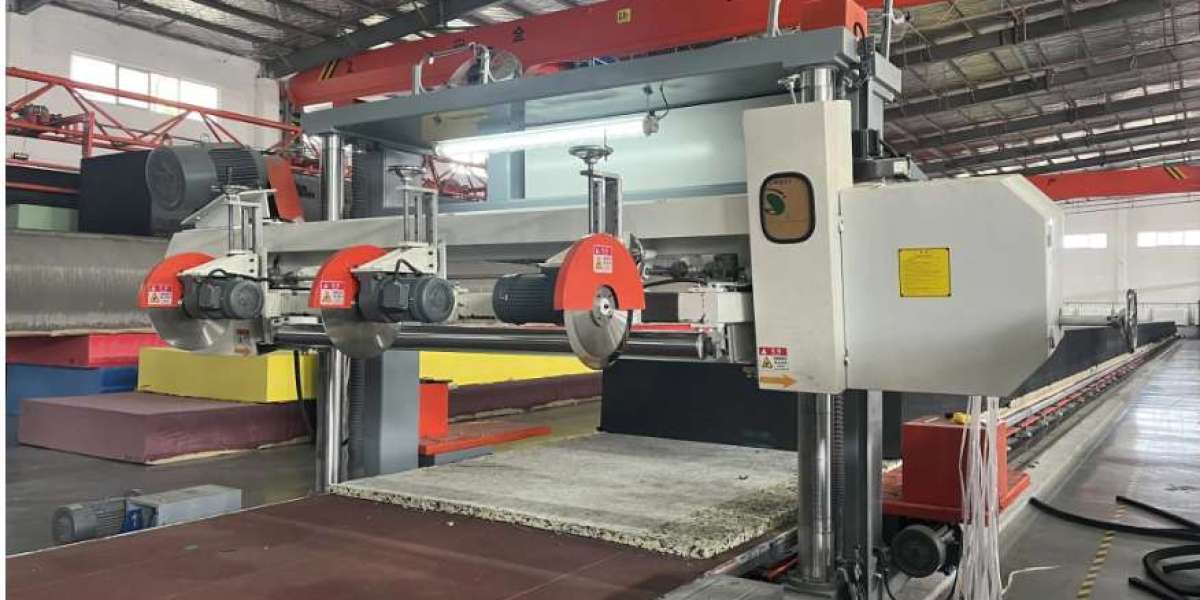The industrial world is changing at lightning speed, and nowhere is that more evident than in the realm of foam production. Once seen as a labor-intensive, slow, and space-consuming process, producing foam has evolved into a streamlined, tech-driven operation. Manufacturers that embrace this change are reaping the rewards in efficiency, cost savings, and product quality.
So what does “smart” foam production really mean, and why are so many manufacturers investing in full automation? In this article, we’ll explore the shift from manual to automated foam production, highlight real-world applications, and show how one Chinese manufacturer became a blueprint for smart factory success.
The Evolution of Foam Production
Foam is used virtually everywhere: in the sofas we relax on, the cars we drive, the shoes we wear, and even the protective packaging that ships our electronics. Most commonly, manufacturers produce polyurethane foam through a chemical process that involves mixing polyols and isocyanates, which react and expand to form a soft, versatile material.
Traditionally, this process was managed by skilled workers—measuring chemicals by hand, manually pouring mixtures, moving large foam blocks, and cutting them down to size. While that approach worked for decades, it came with a long list of limitations:
High labor costs
Inconsistent quality
Wasted materials
Safety concerns
Slow turnaround times
These challenges, combined with rising global demand, prompted the foam industry to rethink how it does business.
What Is Smart Foam Production?
Smart foam production refers to the integration of automation, data systems, and precision equipment to manage the entire foam manufacturing process. These systems are designed to:
Control chemical mixing with extreme accuracy
Automate foam pouring and curing
Transport foam between stations without human handling
Cut and trim foam blocks with precision
Optimize the use of space and resources
The result is a system that produces more foam, more consistently, in less time, and with fewer hands involved.
A Real-Life Example: Foshan Manufacturer Goes Fully Automated
A powerful case study comes from Foshan, China—a city known for its advanced manufacturing capabilities. One of its leading foam producers recently transformed its operations with the help of SIRUI Machinery. The company wanted to eliminate inefficiencies, improve product consistency, and reduce dependency on manual labor, all while working within the spatial limitations of its existing facility.
The Initial Challenges:
Manual Cutting and Handling: Workers had to manually trim and move large foam blocks, increasing labor costs and the risk of injury.
Production Bottlenecks: The lack of a continuous system slowed production and limited scalability.
Space Constraints: Factory layout included structural pillars that made traditional linear conveyor systems difficult to implement.
The Custom Automation Solution:
SIRUI Machinery designed a tailor-made foam production system, which included:
SR-HCF Horizontal Continuous Foaming Line
This machine created a seamless foam pouring process, producing consistent long foam blocks with minimal operator intervention. It was optimized for both volume and space efficiency.SR-SCC Foam Clamp Conveyor System
An automated clamp mechanism transported foam blocks from the foaming area to the curing and cutting zones, eliminating manual handling and boosting safety.SR-CL Curved Conveyor Belt
This custom-built solution curved around the factory’s pillars, maximizing floor space without compromising process flow.Dual SR-HT001 Rail-Mounted Cutting Machines
Installed on rails, these machines could cut foam blocks up to 100 meters long with extreme accuracy. Integrated edge trimming ensured that foam left the line ready for packaging or delivery.
The Results:
Full Automation: The entire foam production process—from foaming to final cutting—was handled without human labor.
Efficiency Boost: Daily operation time decreased, while output and consistency improved.
Zero Waste: Exact chemical ratios and cutting reduced material waste significantly.
Product-Ready Output: Foam products left the line fully finished, with no need for extra processing or trimming.
Better Use of Space: Creative engineering allowed the team to scale production without expanding the factory footprint.
Why Manufacturers Are Moving to Automated Foam Production
The Foshan story is not unique—it's part of a much larger trend across the foam industry. Here’s why automation is quickly becoming the new standard:
1. Speed and Throughput
Automated systems allow for continuous production with little downtime, enabling manufacturers to meet growing customer demand without delays.
2. Lower Operational Costs
While the initial investment in automation can be substantial, the return on investment is fast thanks to lower labor costs, reduced waste, and increased productivity.
3. Product Consistency
Machines don’t get tired, make mistakes, or vary from the recipe. Automated mixing and cutting ensure every product meets precise specifications.
4. Improved Workplace Safety
By taking over heavy lifting, cutting, and chemical handling, automation reduces the risk of workplace accidents.
5. Scalability and Flexibility
Modern foam production systems are modular and customizable, allowing companies to expand capacity or add new products without a full overhaul.
The Role of Technology in Smart Foam Factories
What sets smart foam production apart is not just the automation—but the intelligence behind it. New systems come equipped with:
Programmable Logic Controllers (PLCs): For accurate, repeatable process control
Data Monitoring Systems: To track chemical usage, machine performance, and product output in real time
AI-Powered Diagnostics: For predictive maintenance and efficiency improvements
Remote Monitoring: Allowing factory managers to oversee operations from anywhere
This “Industry 4.0” approach enables smarter decisions, faster response times, and more agile operations overall.
The Future of Foam Production
Looking ahead, we’ll likely see even greater integration between software and hardware in foam manufacturing. Imagine:
Autonomous vehicles moving foam between production and warehouse zones
Cloud-based analytics that automatically adjust chemical formulations based on temperature and humidity
Robotics that sort, label, and package foam products on the fly
For manufacturers aiming to stay competitive, evolve their offerings, and meet strict quality and safety regulations, automated foam production isn’t just the future—it’s already here.
Final Thoughts
The transformation of foam manufacturing from a hands-on, slow-moving process to an efficient, high-tech operation is one of the most exciting developments in industrial production. As shown by the Foshan manufacturer’s journey, smart foam production isn’t just a theoretical ideal—it’s a real, achievable, and profitable strategy.
For companies still relying on manual methods, now is the time to modernize. Whether you're a startup looking to build your first production line or an established brand aiming to scale, the tools, machines, and expertise to automate your foam production are already available.
Ready to explore what a smarter production future looks like? Start with the real-world success stories—like Foshan—and get inspired to build your own.



